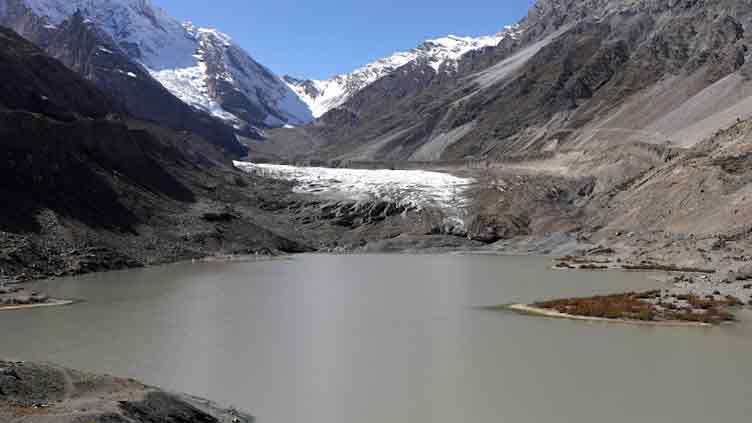Pakistan water security: Low snow on Hindu Kush and Himalayas threatens millions

Pakistan
Indus River basin experiences 23pc below-average snow persistence
Climate change is driving erratic rainfall and shifting weather patterns
KATHMANDU (Web Desk/Agencies) – As South Asia, including Pakistan, is grappling with the devastating of global warming, as a latest report warns that millions of people depending on snowmelt from Himalaya and Hindukush face a “very serious” of water shortages this year after one of the lowest rates of snowfall.
It notes that the major reiver basins experienced a below-average snow persistence, with a massive decrease between November 2023 and April 2024 when compared to the historic observations during 2003-2023.
The findings are shared a time when Pakistan and India have been experiencing extreme temperatures amid a persistent heatwave.
Read more: Climate change is slowing heatwaves, a phenomenon visible in Pakistan too
When it comes to Pakistan, the Indus River basin witnessed a 23 per cent decrease followed by Ganga 17pc and Brahmaputra 15pc, says the report prepared by the Nepal-based International Centre for Integrated Mountain Development (ICIMOD).
Snowmelt is the source of about a quarter of the total water flow of 12 major river basins that originate high in the region, the report said.
"This is a wake-up call for researchers, policymakers, and downstream communities," said Sher Muhammad – the report author.
"Lower accumulation of snow and fluctuating levels of snow pose a very serious increased risk of water shortages, particularly this year."
Snow and ice on the Himalayas are a crucial water source for around 240 million people in the mountainous regions, as well as for another 1.65 billion people in the river valleys below, according to ICIMOD.
Read more: Climate change is forcing many to leave Libya's Nafusa Mountains
While snow levels fluctuate each year, scientists say climate change is driving erratic rainfall and shifting weather patterns.
The report measured "snow persistence" – the time snow remains on the ground – with levels dropping almost a fifth below normal this year across the wider Hindu Kush and Himalaya region.
"This year's snow persistence (18.5pc below normal) is the second-lowest in the past 22 years, narrowly trailing the record low of 19pc set in 2018," Muhammad told AFP.
As well as Nepal, the ICIMOD organisation includes member countries Afghanistan, Bangladesh, Bhutan, China, India, Myanmar and Pakistan.
The report warned that ICIMOD "observations and projections indicate significant changes in the timing and intensity of stream flows", with snow a key part.
"Snow plays a particularly important role in ensuring seasonal water availability," it added.
The organisation has been monitoring snow in the region for over two decades, noting that 2024 marked a "significant anomaly".
Miriam Jackson, senior cryosphere specialist at ICIMOD, urged authorities to "take proactive measures to address possible drought situations".


